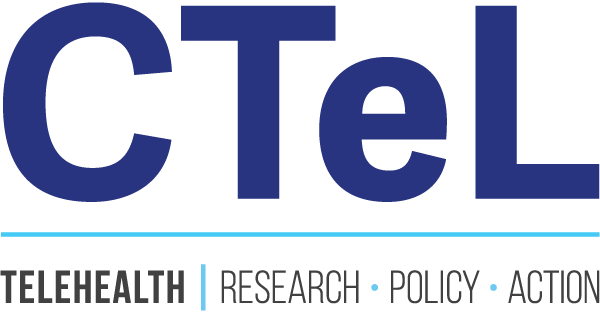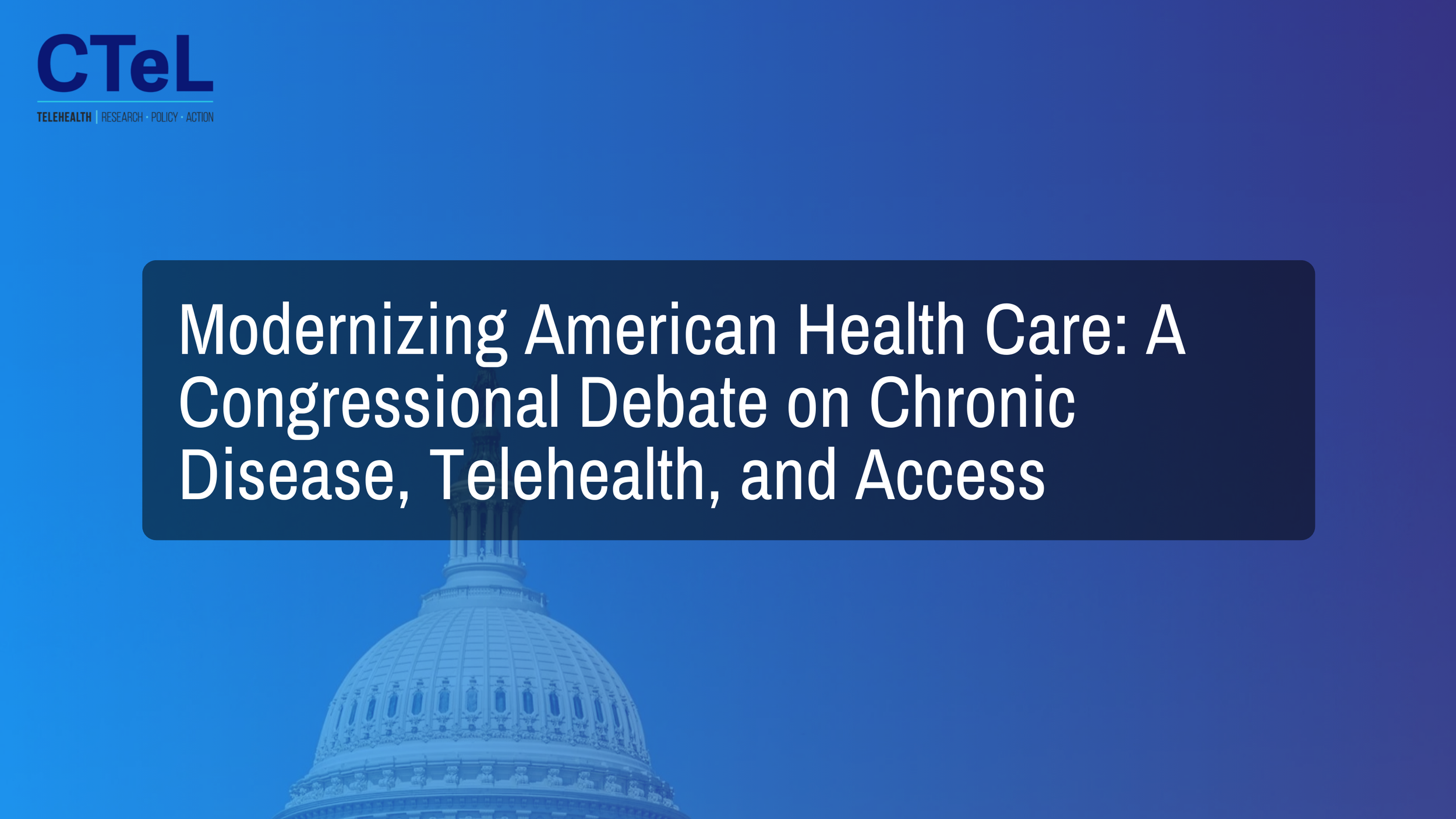Modernizing American Health Care: A Congressional Debate on Chronic Disease, Telehealth, and Access
The House Ways and Means Health Subcommittee recently convened a pivotal hearing on "Modernizing American Health Care: Creating Healthy Options and Better Incentives." As chronic diseases skyrocket and access to care remains a pressing concern, the hearing examined innovative solutions, policy roadblocks, and the role of technology in shaping the future of American health care.
The Chronic Disease Crisis: "Out of Control"
Opening statements set the tone for the urgency of the conversation. Lawmakers underscored the staggering prevalence of chronic diseases, with six in ten Americans affected by conditions like cancer, cardiovascular disease, diabetes, and obesity. Chairman Vern Buchanan (R-FL) stated unequivocally: "This nation's chronic disease epidemic is out of control."
The economic impact is equally alarming. The cost of chronic disease from 2016 to 2030 is projected to reach $3 trillion in Florida alone. Nationally, it could exceed $6 trillion. Buchanan emphasized: "We have another skyrocketing crisis on our hands—over 45% of adults are obese, and 20% of kids are. This is unsustainable."
Employer-Led Wellness Programs: A Game Changer?
Employers are playing a growing role in incentivizing healthier lifestyles. Brooks Tingle, CEO of John Hancock, detailed their "Vitality" program, which rewards individuals for making healthier choices. "Simply put," he explained, "life insurers have a vested interest in their customers living longer and healthier. The longer they live, the more financially stable our system remains."
Through behavioral science-based tools, policyholders can lower premiums by engaging in activities like walking more, eating healthier, and attending preventative checkups. "We have seen that properly designed programs can result in improved health outcomes at the population level," Tingle added. These programs exemplify how financial incentives can drive better health outcomes while reducing long-term healthcare costs.
Precision Medicine and AI: The Future of Preventative Care
Dr. Jay Carlson of Mercy Health System highlighted their groundbreaking work in genomic testing and AI-driven patient risk assessments. "The screening tests of the future will be much more complicated, frequently involving AI and predictive analytics," he noted.
Mercy Health has successfully identified at-risk patients for hereditary cancer through AI-powered screening tools. "In just two years, we’ve seen a threefold increase in genetic screenings, which allows us to detect conditions far earlier," Carlson stated. This approach allows earlier intervention, potentially saving lives and reducing costs. The application of AI in diagnostics underscores the need for modernized policies to support these advancements at scale.
Medicaid, Medicare, and Research Funding: A Contentious Debate
One of the more heated exchanges centered on potential Medicaid and ACA tax credit cuts, with some lawmakers warning of dire consequences for vulnerable populations. "You cannot be healthy in America if you can never see a doctor. You cannot be healthy in America if when you know you're not feeling well, you still stay home and do nothing about it," cautioned Rep. Danny Davis (D- IL).
Concerns extended to proposed NIH research funding cuts. Witnesses testified that slashing billions from medical research would stifle innovation in cancer treatment, diabetes prevention, and precision medicine. "The best diabetes treatment is not to get diabetes," emphasized Rep. Judy Chu (D-CA), underscoring the need for sustained investment in preventative care.
A former HHS senior advisor and Protect Our Care founder, Leslie Dock, warned, "We are about to take away health care from 72 million Americans who need it most. People who rely on it for preventative care, childbirth, and chronic disease management are all at risk."
Telehealth’s Role in Modernizing Health Care
Throughout the hearing, telehealth emerged as a critical tool in increasing access to care, particularly in rural areas. However, some lawmakers voiced concerns about the expiration of pandemic-era flexibilities that had expanded virtual care. "Telehealth can deliver quite a bit, but now we've seen some lapsed timelines that make that less accessible," warned Rep. Adrian Smith (R-NE).
"We had a lot of flexibility added to telehealth during the pandemic. But the way that it appears to be scheduled is that a lot of that flexibility is due to expire on March 31st of 25”- Rep. Terri Sewell (D-AL).
The consensus was clear: telehealth must be a permanent fixture in the healthcare landscape. Policymakers debated legislative steps to ensure continued reimbursement and expanded virtual care options, particularly for underserved communities. "I think that telehealth has really gotten bipartisan support, and I really hope that this committee will use its influence to make sure that it is extended," Rep Terri Sewell (D-AL) stated. "We need to build on that progress, not roll it back."
A Call for Balanced Policy Solutions
While opinions diverged on government intervention versus market-driven solutions, one truth remained: the status quo is unsustainable. As healthcare spending surpasses $4.2 trillion annually, lawmakers agreed that bold action is needed.
Employers, insurers, and health systems are leading innovation through wellness programs, AI-driven screening, and virtual care. However, without supportive policies—including continued telehealth flexibilities, NIH research funding, and strengthened preventative care incentives—millions will remain at risk.
As the debate continues, one thing is certain: the future of American healthcare depends on the balance between modernization, access, and affordability. Telehealth must remain at the forefront of this conversation.

